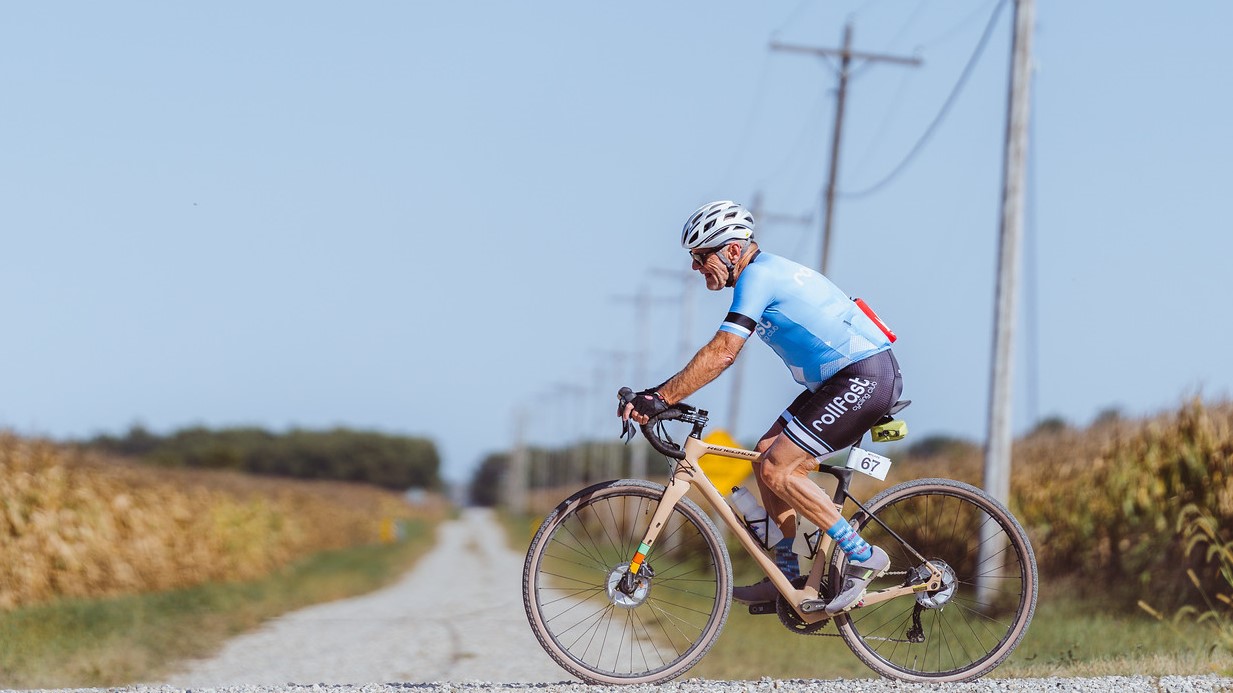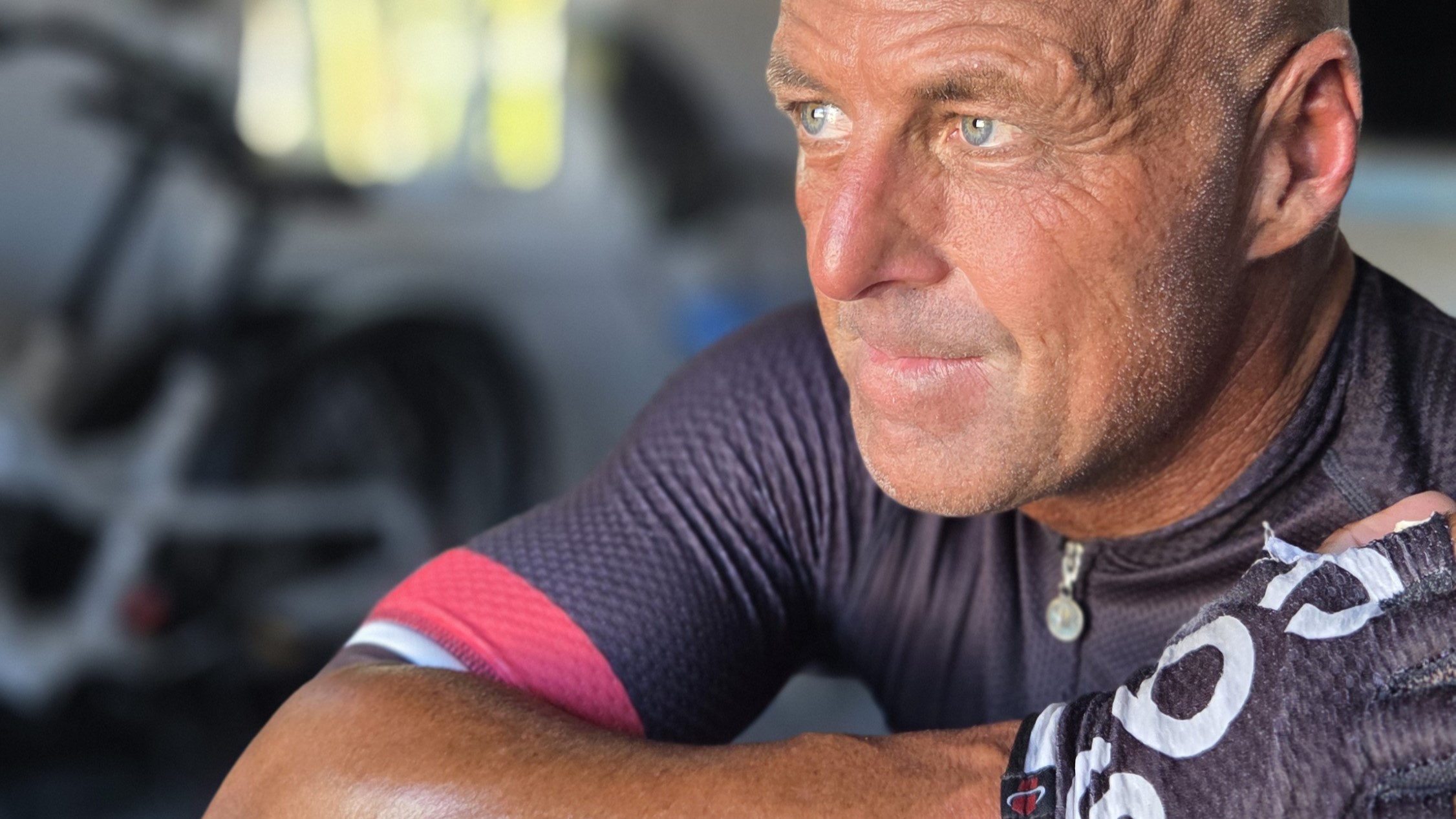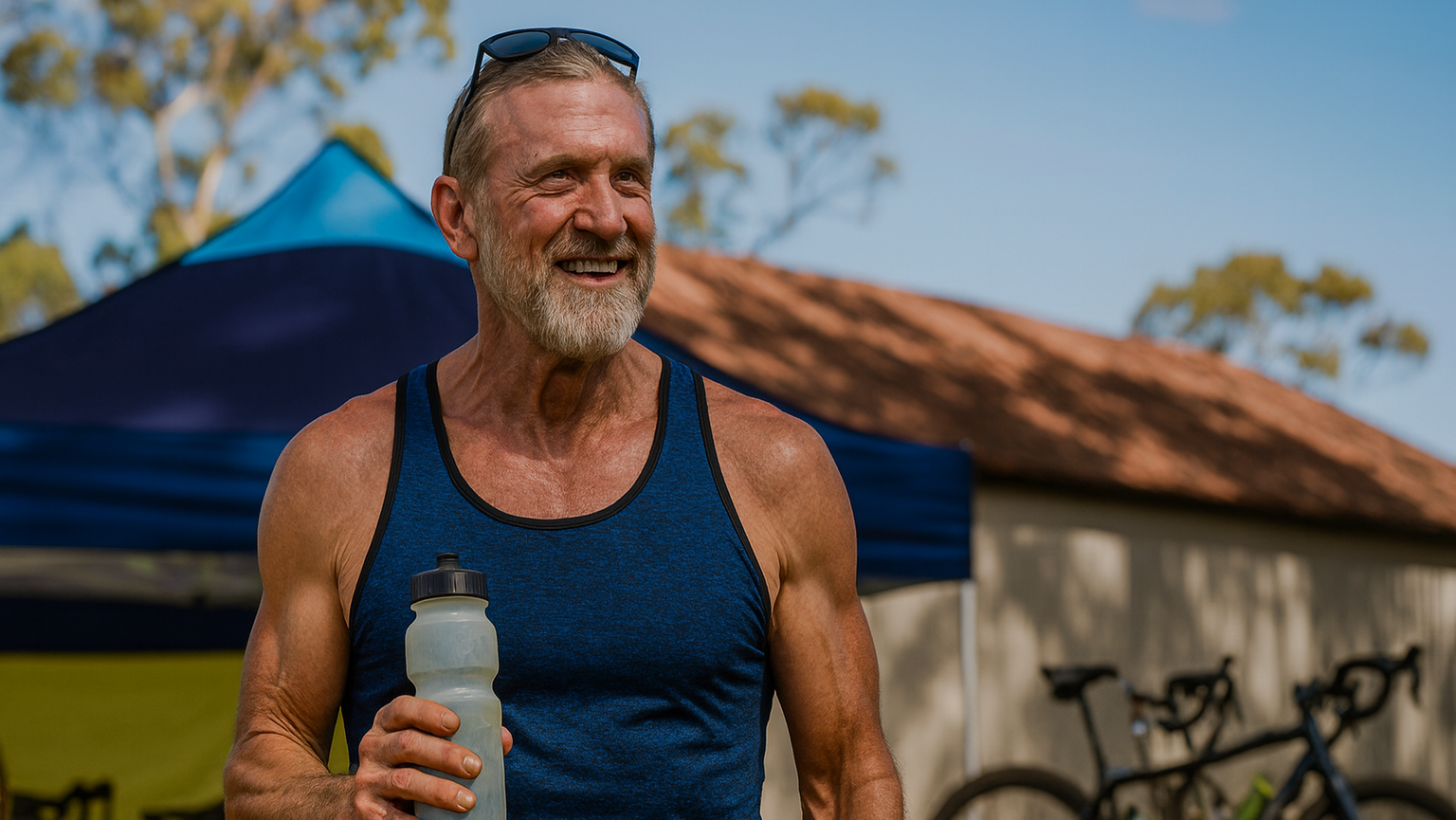Why Pro Training Doesn’t Work for You
Every few months a story emerges about a pro cyclist pushing human limits by logging 30-hour training weeks, burning through thousands of calories, and surviving on little more than gels and grit. This story in Velo about Quinn Simmons is the latest example: huge volume, little gym work, and relentless aerobic load. It’s impressive… but for a Masters athlete, it’s a blueprint for breakdown.
At Rollfast Coaching, our goal is simple: help athletes ride faster, be stronger, and live longer. Those aren’t slogans; they’re physiological priorities. And when we look at the way pros train and fuel, we see exactly why the professional model is incompatible with sustainable performance for real-world riders.
1. Speed: Adaptation, Not Accumulation
Simmons’s weekly load might exceed 25 hours. That kind of volume works when cycling is your job. His entire life supports recovery; sleep, nutrition, therapy, and minimal outside stress. For him, adaptation equals survival.
But for Masters athletes balancing work, family, and aging physiology, piling on volume doesn’t build speed; it builds fatigue. Science is clear: performance gains are driven by adaptation, not accumulation. Once aerobic efficiency is established, additional hours yield diminishing returns unless intensity and recovery are strategically managed.
That’s why Rollfast training emphasizes targeted stress: specific intervals in Tempo+, Threshold, and VO₂ zones, followed by recovery that allows actual adaptation. True speed isn’t about how much you ride, it’s about how much your body can absorb and repeat sustainably.
2. Strength: The Forgotten Hormone Therapy
Simmons says he doesn’t lift weights. That’s survivable for a 23-year-old whose hormones and protein synthesis are peaking. For Masters athletes, it’s a recipe for decline.
After 40, muscle mass and strength drop 1–2% per year without resistance training. That’s not just about size—it’s about hormonal signaling and bone density. Strength training triggers testosterone, growth hormone, and IGF-1 pathways that keep metabolism sharp, tissue repair active and bones dense. Cycling alone, no matter how much of it you do, simply doesn’t provide the mechanical tension or loading required to stimulate these systems.
And strength isn’t just about power output. It’s injury resistance, posture, glucose regulation, and even brain health.
3. Longevity: Fueling the Wrong Fire
Professional cycling is not a longevity sport, it’s a performance industry. Athletes chase marginal gains in a closed system designed for short careers. High-volume training demands enormous energy turnover (often 6,000 to 8,000 calories a day) and the fastest way to deliver that energy is sugar.
Pros live on gels, drink mixes, and refined carbohydrates because they have to. Their job is to keep glycogen topped off hour after hour. For them, it’s fuel. For you, it’s dysfunction.
Constantly spiking blood glucose and insulin blunts metabolic flexibility, the body’s ability to switch efficiently between fat and carbohydrate as fuel. Over time, this contributes to insulin resistance, oxidative stress, and mitochondrial fatigue. In other words, the very thing that keeps pros alive in the peloton shortens the lifespan of your metabolic engine.
Longevity demands a different approach. Masters athletes should still fuel hard rides, but they should also train their bodies to access and utilize stored energy.
That means:
- Using real, nutrient-dense food more often than processed sugar
- Managing carbohydrate intake around your training load
- Prioritizing protein, fat and micronutrients that support recovery and hormone balance
- Restoring balance to the autonomic nervous system through sleep and stress control
You’re not trying to survive a three-week Grand Tour; you’re trying to thrive for decades. That requires metabolic precision, not metabolic chaos.
The Rollfast Perspective
Quinn Simmons’s routine represents the pinnacle of short-term human performance. But Masters athletes live in the real world, and the rules are different here. You can’t out-train declining hormones, skipped sleep, or chronic stress. You can’t out-fuel poor metabolic control. And you don’t need to.
The secret to elite performance as you age is consistency and precision: Train smarter, lift heavier, fuel cleaner, recover deeper.
That’s how you ride faster without breaking down. That’s how you stay strong when others fade. That’s how you live long enough to see your best years still ahead of you.






